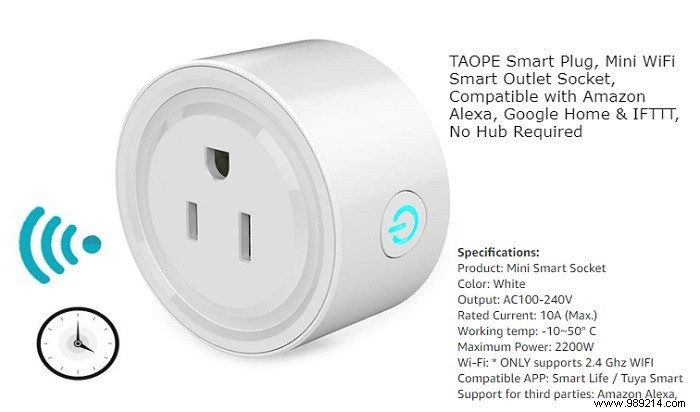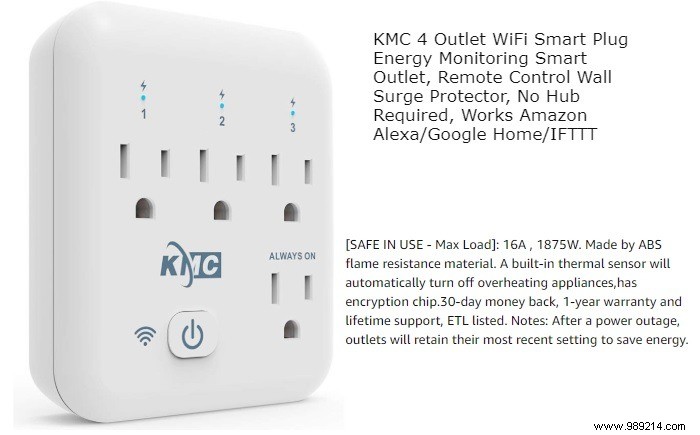Adaptable, inexpensive, and easy to use, smart plugs and outlets are becoming a common feature of the modern home. They allow you to remotely manage your household appliances, connect to smartphone applications and monitor your home's electricity consumption.
The best part is that you don't have to take your walls apart because smart plugs can easily plug into existing outlets. Here, we'll discuss the considerations you need to have when choosing the right smart plugs for your needs.

Most smart plugs have a small form factor and can be held in the palm of your hand. But despite this, they pack a powerful circuit inside the assembly. There are generally three interfaces encapsulated in a smart plug which include:

Although you can find them at a local electrical store, most smart plugs are readily available online. The first thing you need to look out for is what plug and socket specifications are suitable for your home. These sockets are designed for American, European and Chinese standards. Many countries have EU household voltage at 220V while the US uses 110-120V. Whether your household outlets require two flat prongs or extra thick prongs, there's usually a smart plug designed for it.
Of course, there are universal smart plugs like Taope's that support 100V to 240V output. You should also check "maximum power". As the one below says 2200W, it may not support a few heavy appliances. Also, you should research which third-party apps are supported. A few smart plugs are exclusive to one or another smart home app and may not be compatible with the one you are using.

Do you want to connect multiple gadgets into one smart plug? Then you need to opt for a multi-outlet device such as this one by KMC that has an always-on outlet. You can identify and name each of the four individual outlets on Alexa or Google Home.

Most smart plugs are flame resistant and automatically shut off if they overheat, but it's best to choose one that follows FCC recommendations on heat resistance. Some sockets are waterproof, so you should choose them if you place them in a kitchen area.
Smart outlets are available at very low prices, with some single-outlet models costing less than $7.99. You really don't need to spend too much on them.
With a few tweaks, you can even harness smart plugs to convert your dumb devices into smart ones. They are incredibly useful for transforming your homes. If you are not already using them, you have to consider that connected homes will represent the future. Plus, they're also designed to help you monitor and save on energy bills.
Do you have smart plugs in your home? Are you considering buying one? Let us know in the comments.